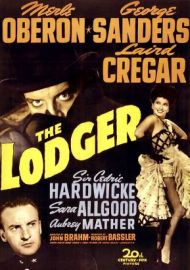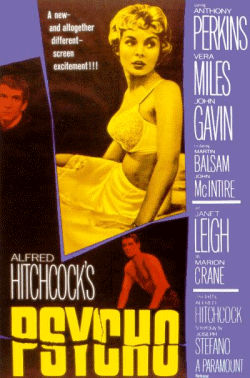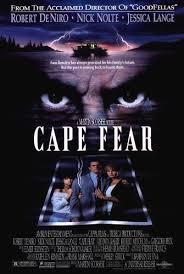March 1922: NOSFERATU
It was an unauthorized adaptation of Dracula made by Bram Stoker, made by the F.W Murnau. The names of characters in the film had to be changed as they couldn't be the same as the ones made in Dracula. However it is seen as more of a horror than thriller because of the codes and conventions fit more within the horror genre, however thriller would be its sub-genre.

April 1923: Safety Last
It was the first ever real thriller film made that followed all the codes and conventions, so that it didn't fall into the sub-genre of thriller. It was directed and produced by Fred C. Newmeyer and Sam Taylor. It is considered to be part of the experimental part of Christian Metz's Genre theory. His theory was that there are reoccuring expectations throughout the four development stages that can therefore be applied to genre; Classical, Experimental, Deconstruction and Parody. As it was the first Thriller film made every other Thriller film made afterwards had to have elements of the film otherwise it would not be considered in the Thriller genre.
February 1927: The Lodger: A Story of the London Fog
It was directed and produced by Alfred Hitchcock. It is a film based on the most famous serial killer, Jack the Ripper. It also fits into Christian Metz experimental stage of the theory of genre. It was the first Thriller to based on a real life event.

September 1960: Psycho
It was also directed and produced by Alfred Hitchcock, it was a horror/thriller based on the 1959 novel 'psycho' by Robert Bloch which was inspired by the crimes made by others at the time. It falls into the classical stage as the time period in which it was created as well as that it is based on a novel.

April 1962: Cape fear
It was directed and produced by J. Lee Thompson and is classified as a psychological thriller. It is an adaptation made by James R. Webb from the novel 'The Executioners' by John D. Macdonald. It is looked on as a classical thriller because of the time period it was produced, as well as that it is based on a novel.

March 1973: Sisters
This film also fits within the classical stage of Metz's theory stage, even though it was inspired by Alfred Hitchcock; it follows the codes and conventions of mystery and suspense in which that others also follow,

November 1997: Alien: Resurrection
This film comes under the deconstruction part of Metz's theory stage as previous thriller codes and conventions were being made, however they mix within the codes and conventions of two other sub-genres; which are Sci-Fi and Action. This was to reinvent the genre making it something new so that the audience would not get bored of the genre.

October 2010: Vampires Suck
This film comes under the parody part to Metz's theory stage, as it mocks previous thrillers such as Twilight 'Hybrid'. It does this by following the codes and conventions of a thriller however includes high comedy throughout the film.

This film also fits within the classical stage of Metz's theory stage, even though it was inspired by Alfred Hitchcock; it follows the codes and conventions of mystery and suspense in which that others also follow,

November 1997: Alien: Resurrection
This film comes under the deconstruction part of Metz's theory stage as previous thriller codes and conventions were being made, however they mix within the codes and conventions of two other sub-genres; which are Sci-Fi and Action. This was to reinvent the genre making it something new so that the audience would not get bored of the genre.
October 2010: Vampires Suck
This film comes under the parody part to Metz's theory stage, as it mocks previous thrillers such as Twilight 'Hybrid'. It does this by following the codes and conventions of a thriller however includes high comedy throughout the film.



